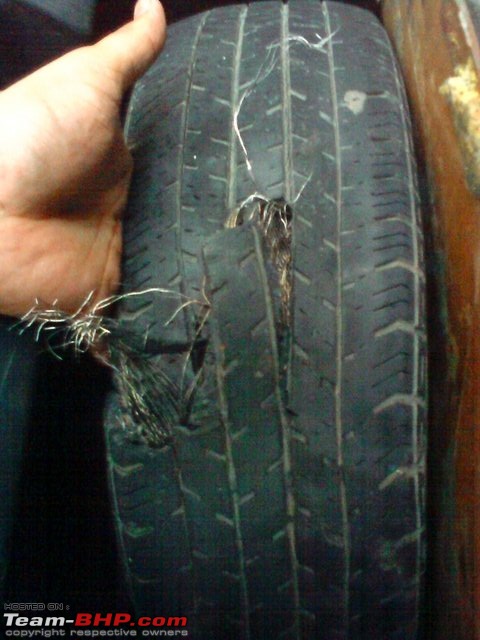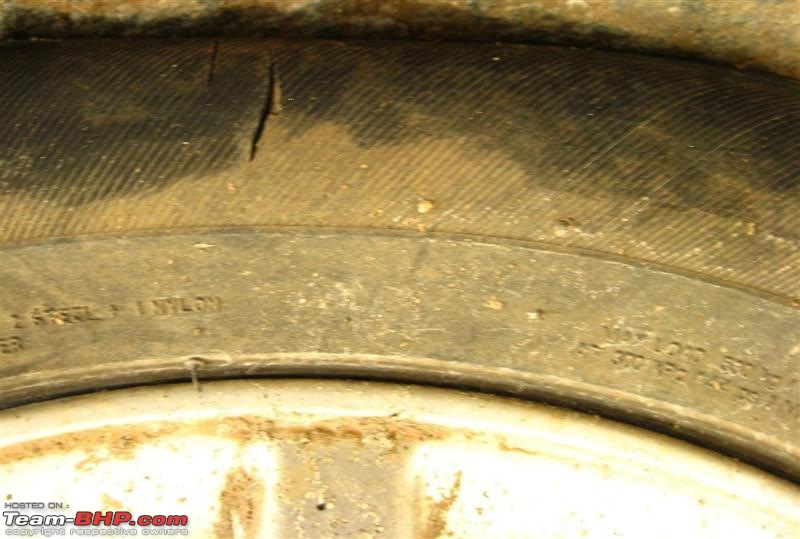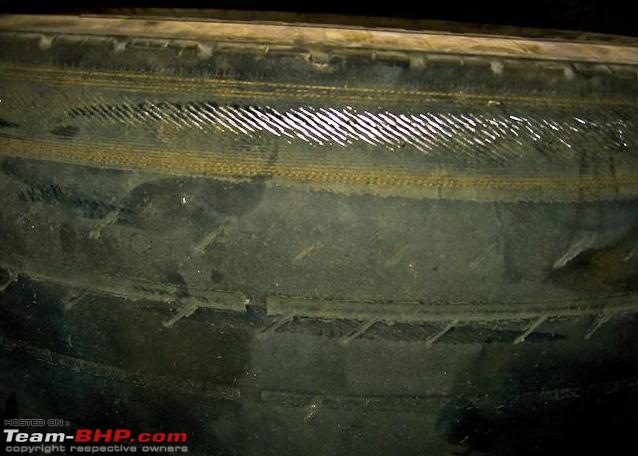| | #1 |
| Team-BHP Support  | |
| |  (222)
Thanks (222)
Thanks
|
| |
| | #2 |
| Team-BHP Support  | |
| |  (103)
Thanks (103)
Thanks
|
| | #3 |
| Team-BHP Support  | |
| |  (54)
Thanks (54)
Thanks
|
| | #4 |
| Team-BHP Support  | |
| |  (72)
Thanks (72)
Thanks
|
| | #5 |
| Team-BHP Support  | |
| |  (76)
Thanks (76)
Thanks
|
| | #6 |
| Team-BHP Support  Join Date: Feb 2004 Location: Bombay
Posts: 24,301
Thanked: 35,502 Times
| |
| |  (83)
Thanks (83)
Thanks
|
| | #7 |
| BHPian | |
| |
| | #8 |
| Team-BHP Support  | |
| |  (4)
Thanks (4)
Thanks
|
| | #9 |
| Senior - BHPian | |
| |
| | #10 |
| Senior - BHPian Join Date: Dec 2010 Location: electricity
Posts: 2,832
Thanked: 3,789 Times
| |
| |  (4)
Thanks (4)
Thanks
|
| | #11 |
| Senior - BHPian | |
| |  (3)
Thanks (3)
Thanks
|
| |
| | #12 |
| Senior - BHPian | |
| |  (3)
Thanks (3)
Thanks
|
| | #13 |
| BHPian Join Date: Sep 2012 Location: Coimbatore
Posts: 39
Thanked: 14 Times
| |
| |  (2)
Thanks (2)
Thanks
|
| | #14 |
| BHPian | |
| |  (15)
Thanks (15)
Thanks
|
| | #15 |
| Senior - BHPian Join Date: Jul 2009 Location: Emerging Metro
Posts: 3,352
Thanked: 1,951 Times
| |
| |  (3)
Thanks (3)
Thanks
|
 |














